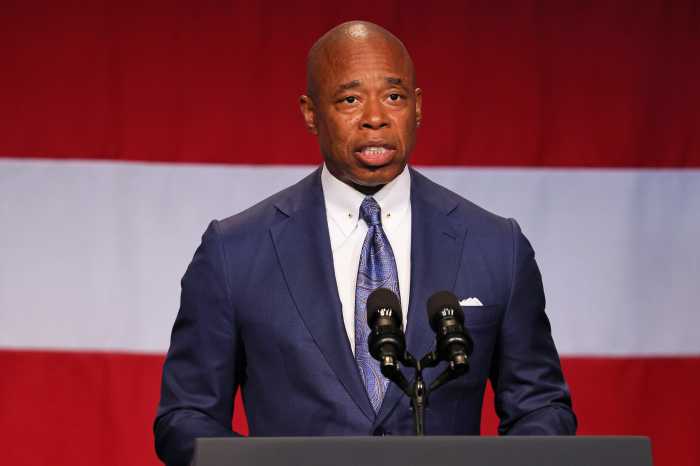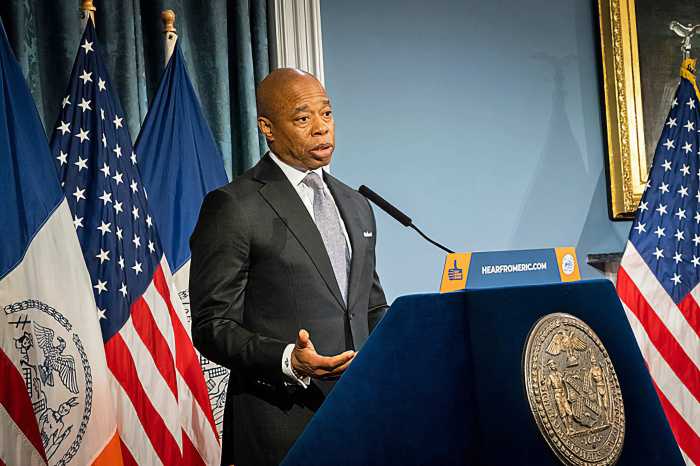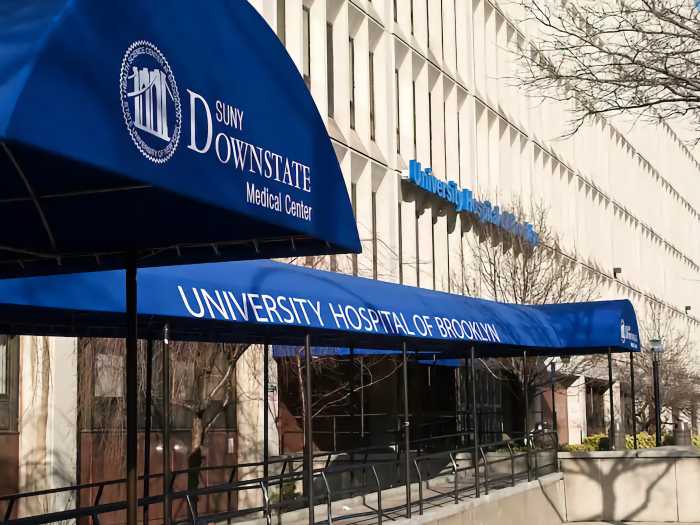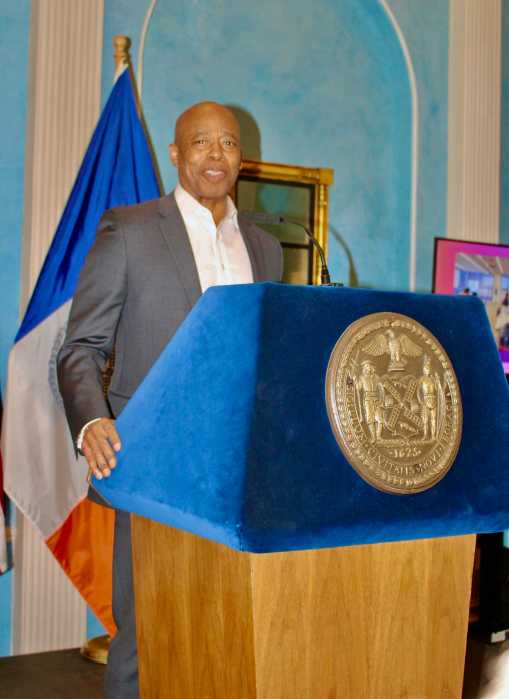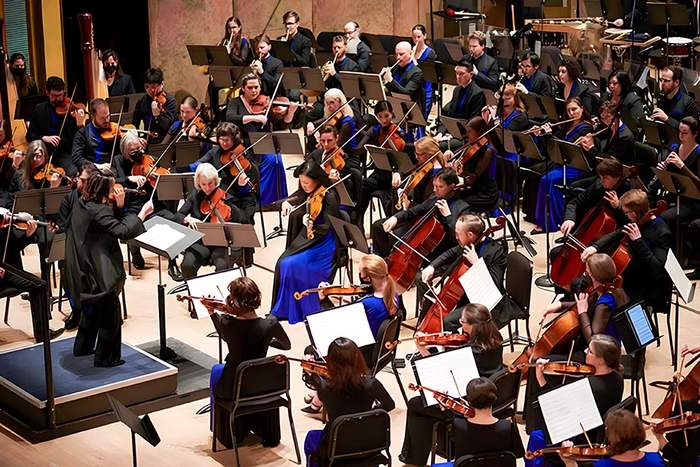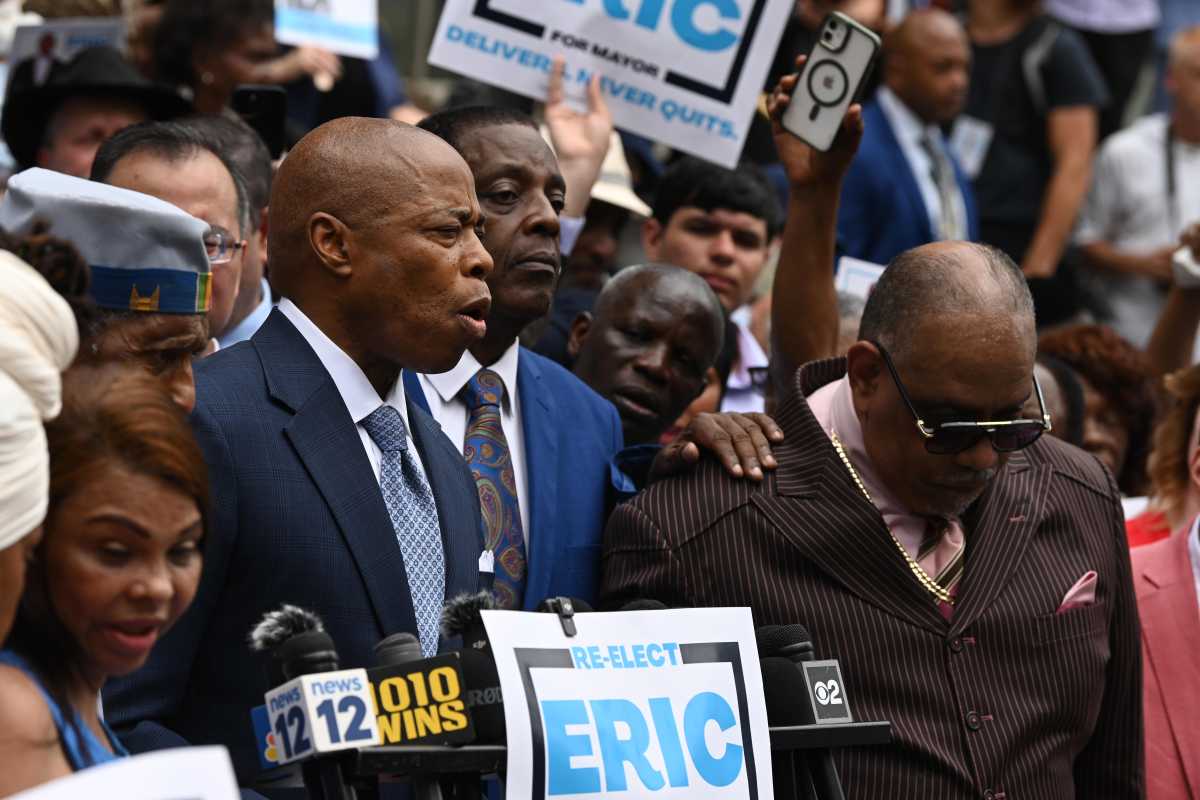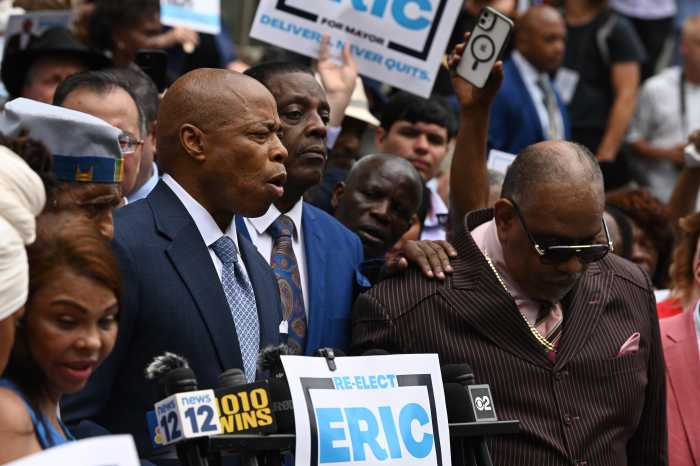While the recent train derailments in East Palestine and other communities throughout the country have highlighted a number of issues regarding transportation safety, one is deserving of particular focus — the inherent danger in reducing our transportation workforce.
Over the past few years, freight railroads have been laying off workers in massive numbers while simultaneously moving to a dangerous, profit-at-all-costs business model called precision scheduled railroading. In the case of the East Palestine derailment, this led to Norfolk Southern tasking only 3 workers, one of whom was a trainee, with ensuring the over 1.75-mile train got to its destination safely. As we all know, it unfortunately did not.
Freight rail companies have argued that technological advances over the last many decades are filling the gap left by these missing workers. This is simply not true, and the disaster in East Palestine is proof. The introduction of new technologies into our transportation system has the potential to make us all safer, but only when these advances supplement, not supplant, established practices that depend upon well-staffed crews. Put another way, there’s a difference between pursuing innovation and cutting corners.
We don’t need tragedies like the East Palestine derailment to realize this fundamental principle, but we do need to ensure it is internalized throughout the transportation sector, including public transit.
For more than 100 years, public transportation has shaped New York City, connecting communities, creating jobs, and growing our economy. And for generations, countless hard-working Americans have earned livings and provided for their families by building, operating, and maintaining public transportation systems. With automation on the rise in many industries, it is more important than ever that we renew our commitment to fighting for our transportation workers and emphasize their necessity as new technologies are introduced to our transit systems.
Every day, about 4.5 million passengers use New York buses and subways. And about 45,000 New York City Transit and MTA Bus employees make that travel possible — operating, inspecting, and monitoring vehicles, tracks, stations and depots. But as new technologies for automating these roles have spread, concerns have been raised regarding rider safety and the impact on our city’s public transportation workforce.
Roads and railways are complicated environments. Operators of public transit vehicles are often called upon to make split-second decisions that can greatly impact the safety and security of passengers, pedestrians, and other road users. But the ability of autonomous vehicles, sensors, and other technologies to reliably respond in these environments has remained uncertain.
Fully self-driving vehicles — i.e., those that do not require a human backup driver — are not yet commercially available. But some estimate that they may become available by the end of this decade. And while these vehicles may improve efficiency and help protect passengers from emergencies caused by human error, they can also create new challenges and safety concerns.
Even if the automation of transit systems has the potential to create new job opportunities and elevate the pay and social status of trained transit professionals, the reality is that some companies are seeking to eliminate jobs or to deny workers the training necessary to adapt to rapidly changing job requirements. This could leave gaps in the security and management of trains, buses, and ferries.
The same is true for motor vehicles. Over the last two years, companies have needed to recall their vehicles equipped with assisted driving technology due to software malfunctions, including rolling stops at intersections and incorrectly predicting an oncoming vehicle’s path. While technological innovations are advancing transportation systems faster than ever before, we need to ensure that they are monitored and supported by highly skilled, highly trained humans.
That is why it’s critical for lawmakers and advocates to prioritize the needs of these workers and ensure they don’t get left behind. We simply cannot allow autonomous vehicles or systems to force our hard-working public transportation workers out of a job. At the same time, we cannot ignore the benefits that these innovations have to offer. However, this does not need to be an either/or decision. We need both cutting-edge technology and our dedicated transit workforce to advance our transit system into the future.
The Bipartisan Infrastructure Law is taking the right approach by providing $10 billion in federal funding for MTA transit projects that will help retain good jobs, thus improving conditions for workers and riders and making the system safer.
New York would not be what it is today without our vast public transportation system and the dedicated, hard-working women and men who support this vital service. That is why we are going to continue fighting at the federal level for greater investments in this sector — working to build upon the legacy of public transportation in New York City while improving public safety and supporting our public transportation workforce.


